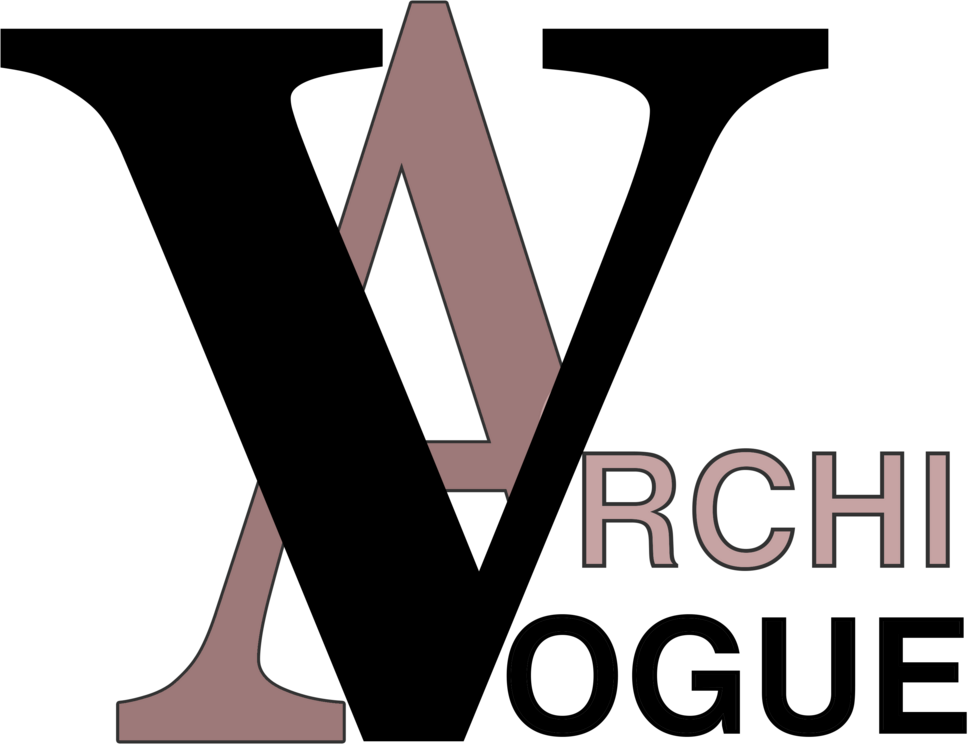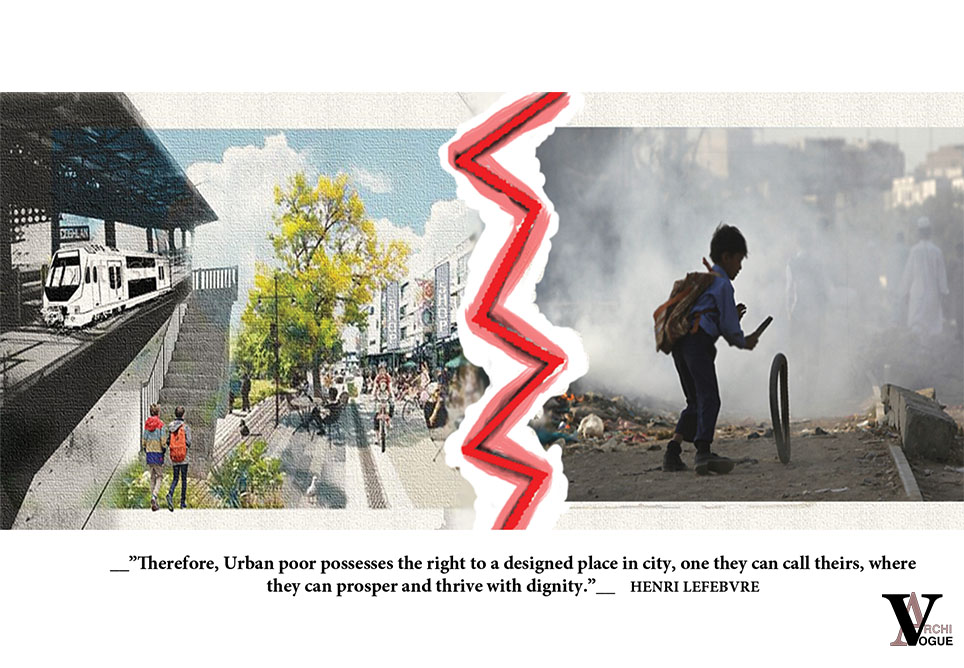Slums are in every city but there is no way that they can settle them in areas which does not make them secure. Relocating and resettling the slums is not the solution to upgrading their living standards. Yet, they need safe spaces, clean drinking water, healthy surroundings, and a way to earn which can help them make their own life and living better.
One such slum area is present in the heart of the city. It is known as ‘Charar Pind’. However, being a slum area, it lies in the center of the poshest and most exquisite community which is ‘DHA’. Let us know how the village converted into a slum area. And what is the area facing due to development in the surroundings?
Introduction Of Site
The site is located in Charar Pind a village that was one of the first villages incorporated into the housing scheme called the Defence Housing Authority (DHA). It was the agricultural land of this village that was purchased by DHA and then developed. Eventually, as the community prospered, the original inhabitants of this area were imprisoned within their village to keep a separation of classes. The reason for choosing this area was its historical background as it is one of the old villages still surviving in Lahore and it is next to a community who have eaten up their rights. One of the first planned and posh communities in Lahore started to grow this way.
Site Analysis
Originally the site was a mixed-use area which has small-scale housing and commercial markets around it. The area marked in red is the area of slums called Charar Pind.

Land Use of Site
It is marking the site and its immediate context and comparing the DHA planning pattern and the charar pind planning pattern. This shows clear spatial segregation and social discrimination.

Road Networks
The main road is the Ghazi Road (primary road) has most of the traffic by busses, bikes, cars, rickshaws, and vans. Whereas when coming onto the secondary road leading to DHA phase 3, majorly the traffic is mostly of bikes, cars, and rickshaws.

Pedestrian Movement Analysis
They are figuring out the pedestrian movement in the context that what users are present and who can access the area easily. The immediate street is mostly used by workers but when moving inside the streets kids and women are using those areas more than the main street due to commercial activities.


Micro Analysis of Site
The site taken is inside the Charar Pind area along a graveyard. In front of the site is a tertiary road that has commercial activities such as workshops, grocery stores, food shops, and utensils shops.

Section of Site

Catchment Area Of Site
Majorly site is surrounded by commercial activities but it has a lot of catchment areas like restaurants, stores, a park, and a fitness gym. There is a park in front of the site which is mostly used by children and women in the morning and afternoon time because there is a school near it.

Sun & Wind Direction

Landscape
There is a clear distinction between landscaping of how it is planned for the DHA residential block and on the other side for charar pind there is way less greenery and the area is so dense that buildings cannot breathe in the environment.

User Typology

Potential Merits Of Site Area
The purpose of taking this site is that it is next to DHA connected with the Ghazi road which can be a powerful voice for all the slums in the city. The site area is 1, 25,400 sqft. Land is dedicated to the graveyard but there is another graveyard in charar pind that has enough space to serve the community easily. If this site is used for the residence of slums then it will empower the community architecturally. Moreover, the community will have a sense of ownership which will help them participate in this project.
Problems Demerits Of Site Area
As discussed above the potential aspects of the site some problems need to be addressed. The following are the problems discussed;
Traffic Flow
Traffic flow is mainly disturbed by two reasons one is due to the narrow roads which are used frequently all day long and the other is because of the workshops present on the road. Mainly workers repair cars on the road due to which traffic gets disturbed.

Parking on the Road
On-road parking is another issue workshops present near the site use on-street parking blocking the traffic flow on the main entering street where pedestrians, hawkers, and vehicular traffic collide with each other.

Encroachments
Encroachments are present on the turning of the road due to which the road’s turning point becomes a dead end. Opposite the hawkers mainly vans cars or bikes stop by for buying making it a busy node.

Lack of Pedestrianization
In such villages, there are very small roads and many families cannot afford cars due to which pedestrianization is the common pattern but if we look at the scenario it is noticed that the road infrastructure is pathetic and unsafe for pedestrians.

Safety and Security
The picture below shows that there are barriers and security rooms present at the entry and exit points but these are not for the villagers this security is just for the DHA premises. Every men or women who enter DHA have to pass the security check but there are no safety measures for the villagers. Kids of the elite class in DHA usually come here to get drugs from their drug dealers which completely makes it easy for them to buy and sell drugs in such areas.

Infrastructure
Since it has been one of the oldest villages in Lahore the infrastructure of the village has been neglected a lot. Roads are torn, electrical wires are hanging on low heights, open drains, waste on road sides, and weakened walls make living difficult for the users.


Not only physical infrastructure is in poor condition but also the social infrastructure is in pathetic mode. Kids do not have any play zones majorly they are seen on roads playing with the physical infrastructure present on the road.

Waste disposal is the major problem in this area because all the waste that is collected from DHA by the waste pickers is brought here and there is no waste disposal process. This is a major cause of diseases and unhygienic environment.

Solutions
Fig: categorizing main issues with proposed solutions
| ISSUES | PROPOSED SOLUTIONS |
| Lack of drinking water | Install the Warka water condensation system and ensure pipeline distribution systems as well as water quality. |
| Lack of sewerage systems | Construct bamboo pipelines to channel effluents toward the constructed wetlands. |
| Electricity | Install wind and sun power system. |
| Garbage management | Establish an integrated recycling system with education strategies. |
| Pave roads | Implement ecological roads. |
| Footpaths | Use nearby quarries and bamboo to establish trials around the neighborhood. |
| Street lighting | Use energy-efficiency led light technology. |
| Ambience temperature regulation & aesthetic value | Install green roofs and walls with plants for food. |
Suggestions and Policy Recommendations For Solid Waste Management
- Steps should be taken to install different colored dustbin categories where required to accomplish this task, the government should join hands with NGOs. The bins should be located at a central point to make them accessible to a maximum number of people.
- Collection facilities should be improved, and open dumping should be discouraged.
- Public awareness should be created about the importance of hygiene and cleanliness. For example, the practice of covering the bins can help to reduce the possibility of many diseases.
- Special attention should be paid to the health factors in the slum areas. This can be done by regular visits by the doctors in the nearest government hospital.
- A market mechanism should be created where the people have an incentive for proper disposal of the waste.
- Compulsory education at all levels may be adopted to protect the environment from waste pollution.
- Segregation should be promoted at all levels. Avoid, Reduce, Reuse & recycle should be followed as a culture.
- To have a satisfactory, efficient, and sustainable system of solid waste management, the following aspects need consideration:
- Door-to-door collection of the waste may be adopted and the job may be assigned to the rag pickers. Aided by a proper awareness-building mechanism, good results may be obtained in terms of waste segregation and improvement in the state of the rag pickers.
- The financial sustainability of the setup may be achieved by asking for a nominal fee from the generators or/ handing over the recyclable waste to the rag pickers.
- Targeting waste reduction at source: Waste reduction at source can be accomplished in three ways:
- Fees and tax incentives to promote market mechanisms to affect source reduction,
- Mandatory standards and regulations,
- Education and voluntary compliance with policies by businesses and consumers.
- Market actions for waste reduction- By charging for the environmental and economic costs of production and disposal of waste upfront, market forces can be employed to improve the efficiency of waste management. By incorporating the cost of disposal also in the production cost, the tendency to use less packaging or adoption of the recyclable/reusable packaging material would be promoted. At the consumer end also the tendency to reuse the material would be promoted.
- Collection of waste – The preferred option would be to revamp the existing collection service structure to provide the community with waste bins, conveniently placed for the people to deposit domestic waste and door-to-door collection of waste. This along with the separation of waste, at source, into biodegradable and non-biodegradable components would not only reduce the cost of transportation for final disposal but also provide segregated organic waste stock for waste-to-energy activities.
- Treatment and disposal – Proper segregation of waste would lead to better options and opportunities for its scientific disposal. Recyclables, for example, could be straightaway transported to recycling units, which, in turn, would pay the corporations for it, thereby increasing their income. Finally, the inert material that will be required to be sent to the landfill would be of much lower quantity compared to unsegregated waste, consequently increasing the life of our existing disposal facilities.
- To contain and control the problem, there must be an `awareness program’ & public participation to reduce solid waste.
Case Study | WARKA WATER
It is an organization that Visits small isolated communities up on the high plateau in the northern region of Ethiopia, they witnessed this dramatic reality: the lack of potable water. The villagers live in a beautiful natural environment but often without running water, electricity, and toilets. To help improve this drastic situation, they made it their mission to find solutions and help these people, said Arturo Vittorithe founder of this organization. The name of the project ‘Warka’ comes from the Warka Tree, which is a giant, wild fig tree native to Ethiopia. Like the tree, the Warka Tower serves as an important cornerstone for the local community, becoming part of the local culture and ecosystem by providing its fruits, and shade and offering a gathering place.
A vertical structure designed to collect and harvest potable water from the air, providing an alternative water source for rural populations that face challenges accessing drinkable water. The canopy creates a shaded social space where the community can gather for education and public meetings.

A lightweight, easily constructed, and infrastructure-independent system like Warka. Comprising a bamboo frame that supports a mesh polyester material inside, the tower is both cheap and easy to build. Atmospheric water vapor from either rain, fog, or dew, condenses against the cold surface of the mesh, forming droplets of liquid water that trickle down into a reservoir found at the bottom of the structure. A fabric canopy shades the lower sections of the tower to prevent the collected water from evaporating. Performance is weather dependent but each tower has the capability of providing a community with up to 100 liters of water per day.

Conclusion
There is no enormous medical clinic of any sort that can give well-being administrations to slum occupants. Physical clashes are a regular unlawful inhabitant wonder. Also, numerous individuals are engaged with prostitution, medicate pirating, abducting, human sneaking, etc. These issues extraordinarily undermine the city’s social condition. Slum settlement territories are confronting repetition, loathsome cleanliness, and natural issues, for example, water contamination, discharge release, scant access to consumable water, tidiness well-being administrations, and deforestation. The encompassing region inclined to the serious atmosphere and catastrophic events is currently progressively powerless in light of the business of various ghetto occupants. The absence of adequate transportation administrations, just as water, sewage, and strong waste assortment works and are exposed to shaky settlement, inadmissible food, and medical issues. It is required to progress with imaginative and customized arrangements as per the natural conditions of these ghetto settlement territories.
Read more at ArchiVogue | Magazine & Journal
References
http://cdedse.org/wp-content/uploads/2018/06/6SOLID-WASTE-MANAGEMENT-A-CASE-STUDY-OF-DELHI.pdf
http://thesciencepublishers.com/biomed_lett/files/v5i1-7-BML20191008.pdf
warka water towers collect clean drinking water from the ‘lakes in the air’


















